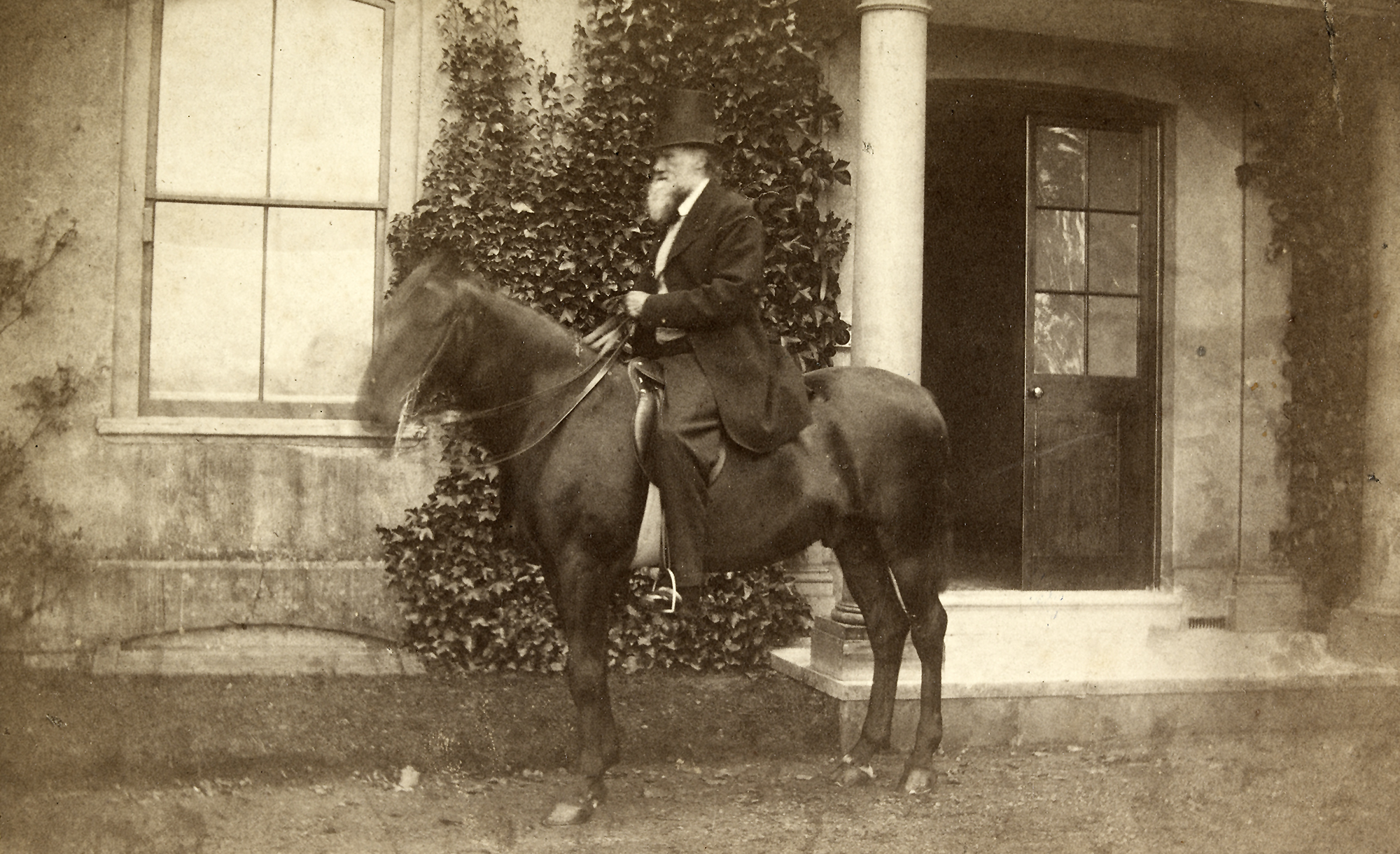Account of the four-month voyage to Tierra del Fuego, Cape Horn, and return. The Fuegians are landed with Richard Matthews [the missionary in charge of them]. Storms, seasickness, hostile savages, and scenery are described. His increasing interest in all branches of natural history makes the hardships worth while. FitzRoy buys a schooner. CD will stay at Rio Negro while it is fitted.
Urges CD to return to the Beagle early in November. Conrad Martens arrives to succeed Augustus Earle as artist for the expedition.
Praises CD's Journal of researches and comments on some of CD's observations and conclusions. Considers volcanic activity and its effect on past climate and changes in climate over time. Discusses glacial phenomena. Believes the climate of the coast of Peru is modified by cold sea-currents.
Comments on the discussion of erratic blocks in Journal of researches [pp. 619, 621-2].
He encloses an unidentified paper received from R. I. Murchison the previous day.
Is unable to provide information about Dr Du Gard.
Appreciates the maps of Glen Roy sent by WB. Would welcome the opinions of WB and Louis Agassiz concerning the parallel roads but cannot give up the idea of their marine origin.
Answers a number of queries from Lyell concerning geography and geology of Chiloé Island and its relationship to the Cordilleras.
Asks about "perched rocks" on Jura and notes their relevance to Louis Agassiz's theory. Discusses Agassiz's view on Jura.
Mentions seeing Robert Brown.
Notes R. I. Murchison's discovery of shells in central England.
Weakness of negative evidence.
Discusses the role of ice in determining the geological features of the Jura. Mentions view of Agassiz. Objects to idea of "a [sea of ice] carrying rocks". Notes Agassiz's earlier view of "ice expanded in the line of the Great Swiss Valley". Comments on Pentlands.
Has enjoyed reading LA's book [Études sur les glaciers (1840)].
Hopes LA will pardon manner in which CD has alluded to his work on glaciers in his Journal of researches, of which he sends a copy.
Defends his theory [in "Parallel roads of Glen Roy" (1839), Collected papers 1: 87-137] against the view that the "roads" were formed by glacial action.
Discusses at length Louis Agassiz's book [Études sur les glaciers (1840)] and Agassiz's explanation of moraines. Defends his own theory of the importance of floating ice. Relates glacier theory to his own interpretation of Glen Roy.
Mentions a paper he is writing on South American boulders and till [Collected papers 1: 145-63].
Darwin Correspondence Project
darwin@lib.cam.ac.uk
© University of Cambridge 2022
Website by Surface Impression



© 2024 University of Cambridge
